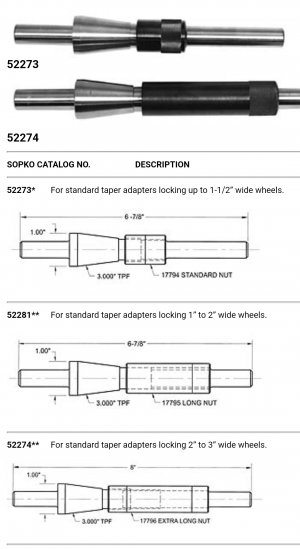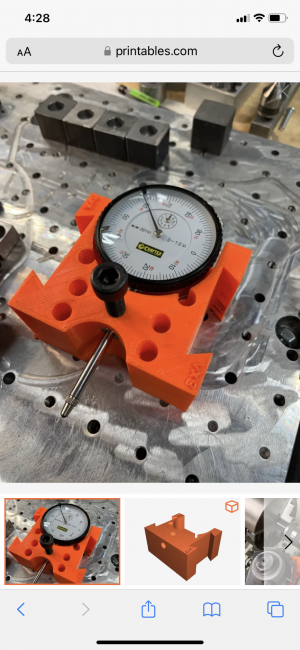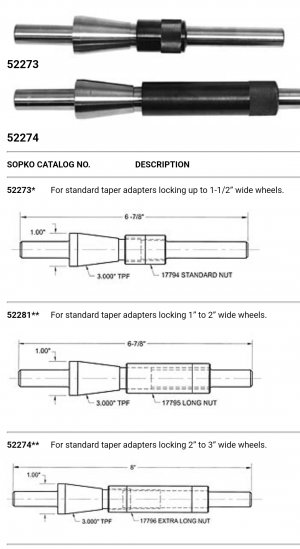Lots of discussion about taper attachments has prompted me to think seriously about getting one.
My lathe came without one but it is still available as an accessory. It's the kind that bolts to the back of the cross slide and you remove the cross slide leade screw nut.
It's a lot of money. $550US plus shipping and taxes. Prolly a grand Canadian all in.
I replaced my old lathe with a brand new one 12 years ago now and never needed a taper attachment. Even now, the only job on the horizon is a balancing arbor for my surface grinder. WAAAAY cheaper to just buy the arbour! My guess is that I could also just make one using my compound.
I am only a few weeks from harvest and maybe a few months from completing my fall repairs. Then I get to play all winter in the shop. The main shop jobs are to convert my lathe to a 3-phase motor, and install a DRO. I think it would be rather foolish to ignore the possibility of installing the DRO Z Axis without considering the install of a taper attachment. So the time to decide once and for all is here.
Do I splurge on a taper attachment, or do I put the idea away forever?
If you have a taper attachment, what do you use it for? And could you have done that with a compound instead?
How would a taper attachment affect the price you would pay for a given lathe? (Thinking about my bride here.)
Have you ever wished you had one when you didn't?
Do you have one and ever wish you didn't?
How much of a chip trap are they?
How solid are they and do they ever have a negative affect on the rigidity, accuracy, and backlash of the cross slide?
Are there any questions I should have asked but didn't?
My lathe came without one but it is still available as an accessory. It's the kind that bolts to the back of the cross slide and you remove the cross slide leade screw nut.
It's a lot of money. $550US plus shipping and taxes. Prolly a grand Canadian all in.
I replaced my old lathe with a brand new one 12 years ago now and never needed a taper attachment. Even now, the only job on the horizon is a balancing arbor for my surface grinder. WAAAAY cheaper to just buy the arbour! My guess is that I could also just make one using my compound.
I am only a few weeks from harvest and maybe a few months from completing my fall repairs. Then I get to play all winter in the shop. The main shop jobs are to convert my lathe to a 3-phase motor, and install a DRO. I think it would be rather foolish to ignore the possibility of installing the DRO Z Axis without considering the install of a taper attachment. So the time to decide once and for all is here.
Do I splurge on a taper attachment, or do I put the idea away forever?
If you have a taper attachment, what do you use it for? And could you have done that with a compound instead?
How would a taper attachment affect the price you would pay for a given lathe? (Thinking about my bride here.)
Have you ever wished you had one when you didn't?
Do you have one and ever wish you didn't?
How much of a chip trap are they?
How solid are they and do they ever have a negative affect on the rigidity, accuracy, and backlash of the cross slide?
Are there any questions I should have asked but didn't?




